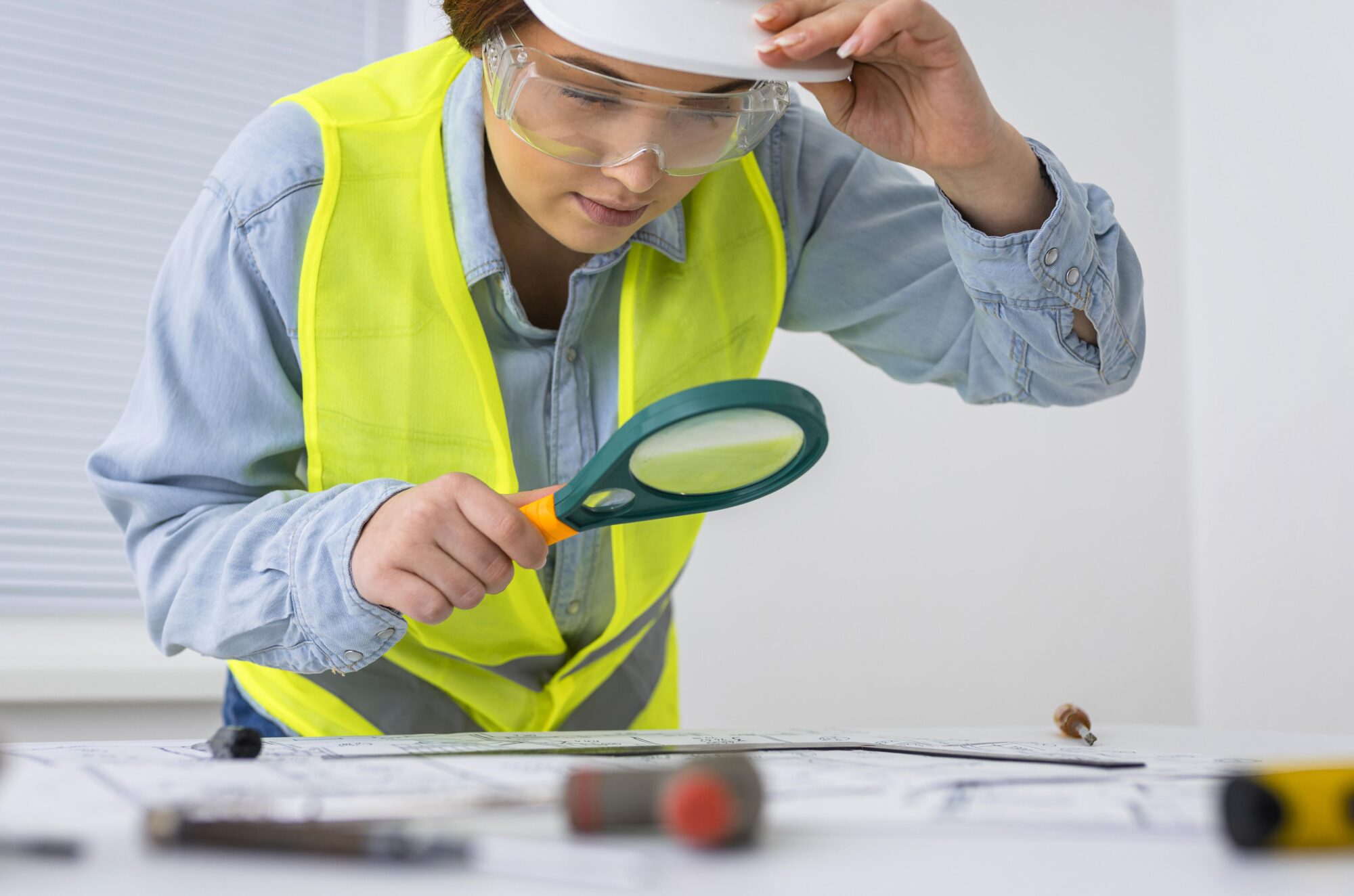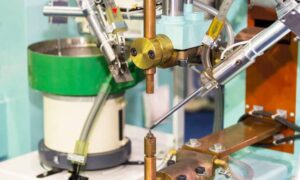Precision and dependability are musts in today’s industrial world, which is very competitive. Not only do products have to meet the requirements of the design, but they also have to keep up high-quality standards over time. This is where technology helps people who are good at this job. One of the most useful tools in quality control is the borescope camera, which lets inspectors see what’s going on inside small, hard-to-reach places without taking things apart. Borescope cameras are now an important part of smart quality control systems because they can show detailed pictures from deep inside machines or goods.
The Basics of Borescope Technology
Boescopes are small, flexible, or rigid tools that have a camera and a light source built in. It transmits real-time visuals to a screen or device, enabling inspectors to examine internal structures or components. These tools come in various configurations—from handheld models to advanced video borescopes with recording and measurement features. Their applications range from inspecting welds in pipelines to checking for corrosion inside turbines or gearboxes.
What sets the borescope apart is its non-destructive nature. Instead of dismantling an entire machine, technicians can insert the camera through a small access port to identify problems like cracks, blockages, or wear. This saves time, reduces labor, and limits disruption to operations.
Reducing Human Error in Quality Control
Quality control has traditionally relied on visual inspections and manual testing, both of which leave room for human error. With a borescope camera, inspectors gain enhanced visibility and accuracy, minimizing guesswork. High-resolution imaging allows them to detect even minor defects that could affect performance or safety.
Moreover, video borescopes can record inspections for documentation and later review. This traceability is crucial in industries like aerospace, automotive, and manufacturing, where every step of the inspection process must be verified and archived for compliance purposes.
Boosting Efficiency and Reducing Downtime
Downtime is a costly consequence of poor inspection methods. When machines need to be taken apart for internal evaluation, it often results in delays, lost productivity, and increased labor costs. Borescope cameras offer a smarter solution. By allowing inspections without disassembly, they drastically reduce the time needed for routine checks or troubleshooting.
This rapid evaluation capability enables predictive maintenance. Instead of waiting for components to fail, manufacturers can identify early warning signs and schedule repairs proactively. This approach not only extends the life of machinery but also minimizes unexpected breakdowns.
Supporting High-Stakes Industries
Borescope cameras are a must-have in fields where safety and accuracy are very important, like flight or power generation. Inspectors can assess turbine blades, combustion chambers, and engine internals—components that are both high-value and difficult to access. These inspections ensure equipment meets regulatory and performance standards, preventing catastrophic failures.
In automotive manufacturing, borescopes help verify welds, check fuel lines, and inspect inside engine blocks. In pharmaceutical and food production, they help maintain hygiene and ensure equipment is free from contamination or damage.
Evolving with Technology
Modern borescope cameras are smarter than ever. With features like articulating tips, wireless connectivity, digital zoom, and software integration, they bring even more value to the inspection process. Some models offer 3D measurement capabilities, enabling inspectors to measure defects or gaps directly on-screen.
It’s also possible that inspection software will soon include AI and machine learning. These advancements could eventually allow borescope systems to automatically detect and flag anomalies, further streamlining quality assurance workflows.
Final Thoughts
Quality control is no longer just about identifying defects—it’s about doing so efficiently, safely, and with precision. Borescope cameras embody this shift toward smarter inspections. By offering clear visuals, reducing disassembly, and enabling early fault detection, they empower manufacturers to uphold high standards without sacrificing speed or productivity. As industries continue to demand more from their quality control systems, borescope technology will remain a critical tool in the pursuit of excellence.



































